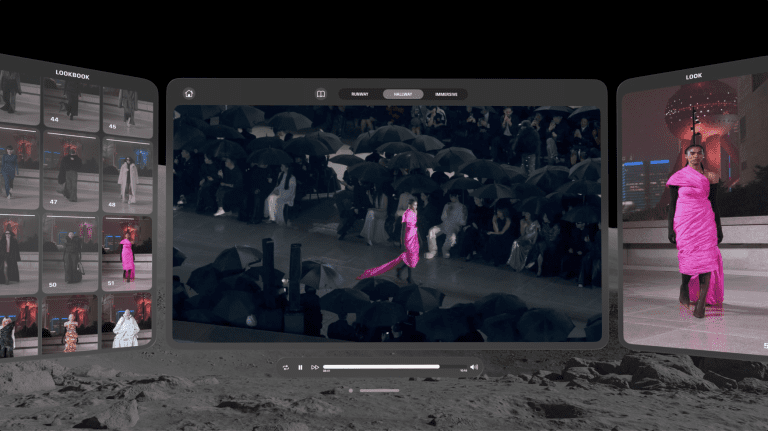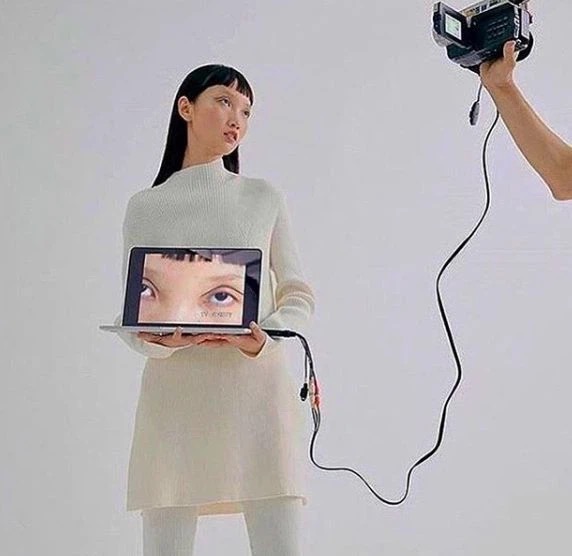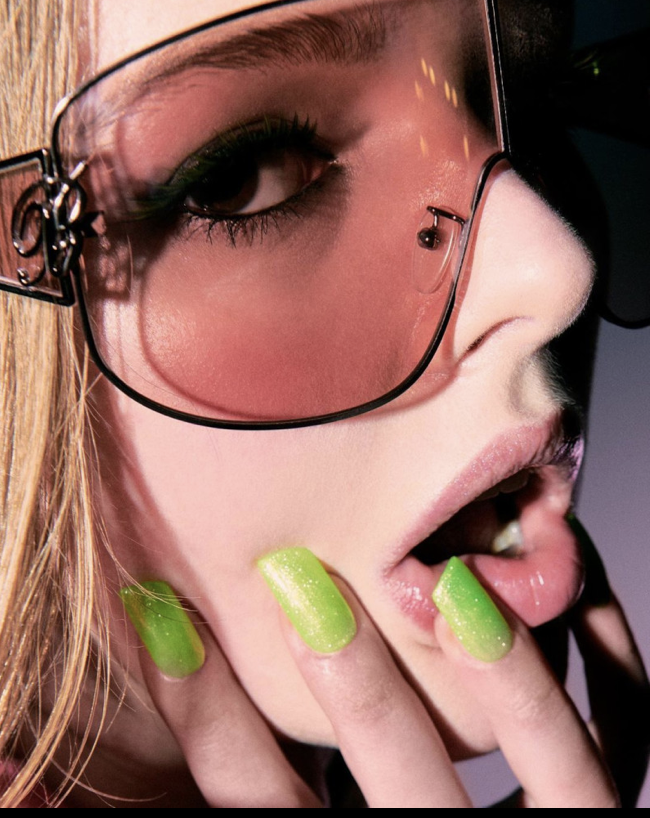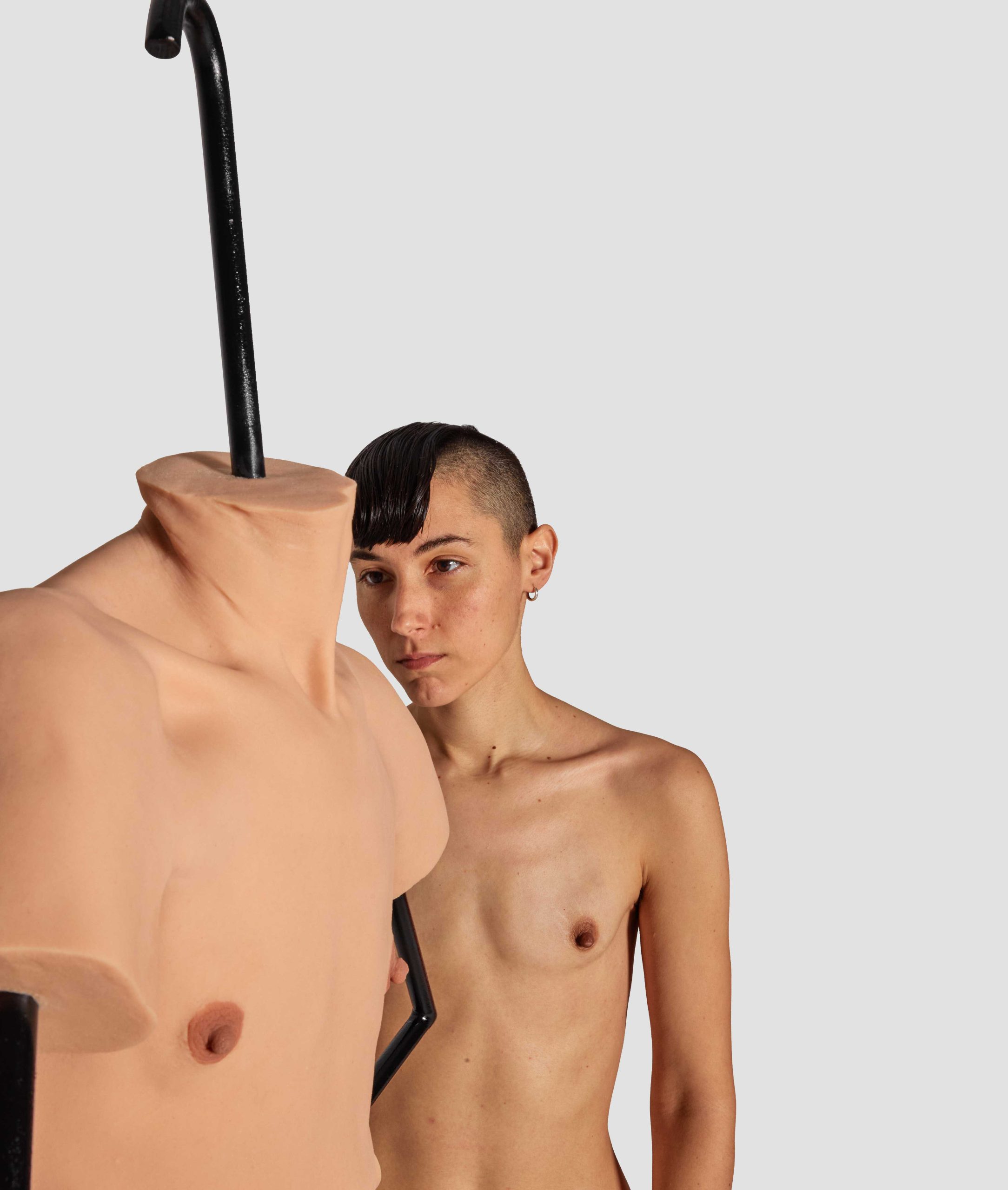In 2024, Balenciaga, a brand renowned for blending high fashion with cutting-edge innovation, once again steps boldly into new territories – this time, harnessing the power of immersive technology and gaming culture. With two major initiatives launched this year, the iconic fashion house is reimagining how consumers interact with its creations. Whether through Apple Vision Pro’s spatial computing platform or within the exclusive collaboration with the racing game Need for Speed Mobile, Balenciaga is proving that fashion’s future is multidimensional, interactive, and boundary-pushing.
Balenciaga x Apple Vision Pro: Fashion in Spatial Computing
Balenciaga has always been known for defying conventions, and their latest foray into augmented reality with Apple Vision Pro is a testament to their relentless pursuit of innovation. On July 11, 2024, the brand introduced its first-ever spatial computing application. This app allows users to revisit the Spring 2025 show in breathtaking drone views and stereoscopic footage, enabling a completely new way of experiencing fashion in 3D. No longer confined to the runway, viewers are now fully immersed in the collection, engaging with an interactive lookbook that blurs the line between reality and virtuality.
In line with the rising trend of luxury brands experimenting with the potential of Apple Vision Pro, Balenciaga has opted for a more discreet approach, presenting a straightforward lookbook of its past collections. In contrast, other brands have boldly embraced the technology with greater creativity and innovation. The most recent to step into this realm is Alice Delahunt’s SYKY, which debuted a fashion experience app in collaboration with Japanese label Anrealage. Through SYKY, users can not only view the collections, but explore the garments interactively, uncovering intricate details about the design and fabrics.
With Balenciaga’s announcement of forthcoming developments for its application, the brand stands at an exciting crossroads, poised to explore how technological advancements can truly redefine user engagement. We look forward to innovations that surpass conventional shopping apps and basic video content, offering immersive, cinematic experiences that set new standards in brand storytelling.
Balenciaga ventures into Gaming with Need For Speed Mobile
Simultaneously, Balenciaga ventures into the gaming world with a groundbreaking collaboration with Need for Speed Mobile, cementing its role as a cultural tastemaker that transcends fashion alone. The partnership with TiMi Studio Group and Tencent, under an official license from Electronic Arts (EA), is a fusion of luxury fashion and high-octane gaming. This collaboration manifests in several unique ways. Balenciaga has designed custom car liveries and selected character fits, offering players a chance to cruise in style with looks designed by the fashion house itself. The game also integrates landmarks such as Balenciaga’s flagship stores in London and Shanghai, which adds a layer of immersive storytelling, making the game world an extension of the brand’s physical ethos.
Exclusive physical merchandise from the series, such as hoodies, t-shirts, and caps, is now available through Balenciaga’s WeChat mini-program, the balenciaga.cn website, and select retail locations in China. Each item comes with an NFC chip, allowing users to scan it for in-game rewards. Currently, the game has been exclusively launched in China, with plans for a global release later this year.
The Social Fabric of Fashion: Can Virtual Reality Keep Pace?
The move into gaming is significant as it taps into the power of game psychology, where brands gamify consumption to heighten engagement and entertainment value. In the age of digital escapism, where everything from dating to shopping is being gamified, this collaboration perfectly echoes a wider shift in how brands have been marketing and engaging with their audiences. Gamification tactics, which appeal to psychological triggers like achievement, reward, and progression, have become integral in creating customer loyalty. As Gurwinder Bhogal’s essay on gamification highlights, markets are being turned into games, because as we submit to their psychology, we become willing to pay in order to stay engaged. Balenciaga’s ventures into Apple Vision Pro and Need for Speed Mobile illustrate how luxury fashion is capitalizing on these trends, transforming consumption into an experience that’s not only visually stimulating but also emotionally engaging and gradually evolving with the technological advancement at hand. The fashion industry, once limited to passive consumption, is now an arena where users play, explore, and unlock experiences in real-time, often blending physical with augmented realities.
While gamified retail thrives on its clear-cut principles of participation, score-keeping, and easily recognizable rewards, it remains uncertain whether fully virtual experiences can truly replace the classic fashion experience, which is so deeply rooted in physical social engagements. Moreover, the potential of spatial computing devices is proving more challenging than anticipated, with reports suggesting Apple will scale back production of the Vision Pro due to disappointing demand on the product.
As brands explore the potential of immersive technologies, they must navigate this delicate balance, ensuring that virtual experiences not only engage users but also honor the essential human elements that make fashion a vibrant and communal endeavor. Ultimately, the challenge lies in merging the allure of digital innovation with the rich, experiential tapestry that defines the world of fashion.
Written by Emonie Fay a GLITCH Magazine Contributor





